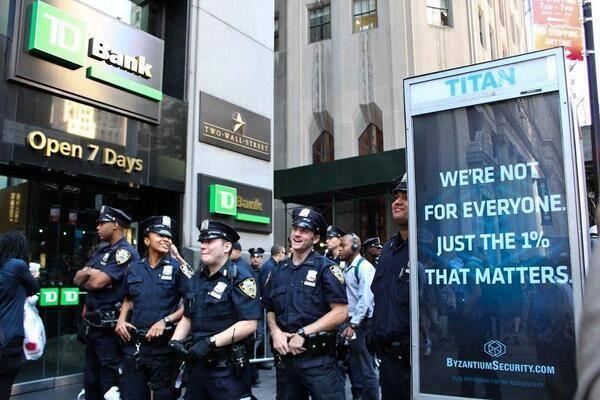First, Air Canada went through some difficulties when one of their baggage handlers was caught on camera throwing luggage around ....
I put together a storify piece on this whole mess. But how did Air Canada do overall in their crisis comms response? The answer ... a fair job at best.
What worked:
- They engaged with media outlets fairly rapidly
- They engaged one-on-one on Twitter and Facebook with people who complained
- They took a full day to post at-large on their Twitter and Facebook page
- They left the public space unoccupied for a long time letting criticism and negative impressions go unchallenged in the largest social forums.
- Engage broadly on social networks right from the get go ... don't let the social team work in the dark ... they need to be integrated in the crisis comms team !
- Use soundcloud to get a senior exec express his/her regret to customers ... a couple of hours after engaging online and distribute on Twitter/FB
- Use Youtube to broadcast another, more fulsome apology and promise to improve/correct ... just like what Fedex did just a couple years ago:
Second is a story of a campaign gone wrong. In Ontario, we have a cartel of foreign beer companies controlling beer sales ... The Beer Store. Pressure is now on to allow the sale of beer and wine in corner/convenience store (a shocker really .... this would cause the end of Ontario who'd become like Québec where such sales happen: cool, hip and fun ! ... but I digress. )
The problem is that whoever is advising the Beer Store made them overplay their hands with really obnoxious TV ads. Ads that border on equating store owners with predators ... Not reflective of the reality at all:
They also had a twitter hashtag #ONbeerfacts .... Well, let's just say that things backfired there as well:
@ONBeerFacts aren't fooling anyone with their ridiculous ads. Scaremongering at it's finest. #ONBEERFACTS
#ONbeerfacts. Thank you for promoting your extortion of Ontarians
Here's an interesting Storify on the whole deal. And the reaction is not any better on the Beer Store's Facebook page.
What could they have done instead?
- If you're going to engage online and intend to create a real debate ... don't engage in silly propaganda elsewhere ...undermines any credibility you might have.
- They should have better gauged the risks associated with promoting their position on Twitter
- bring insightful and believable spokespersons to the fore ... talk about communities ... don't talk down to them ....
Finally, the week was topped up by the #myNYPD fiasco.
What were they thinking? They must surely know that the NYPD's reputation has been tarnished since the whole Occupy movement took to the streets?
While wanting to engage online is a noble idea (and some think it wasn't all bad ....) ... you've got to know how to pick your battles. This is not about judging how police behave in general ... or a discussion on the validity of accusations of widespread police brutality ... rather it's a question of evaluating the public perception before launching such an online campaign.
To say the results are not what the NYPD expected is a gigantic understatement. The twitter stream was inundated with images like this one:

What they were after was more like this:

What could have done better:?
- Once they realized the campaign had gone "south" on them ... engage even more ... tell their own stories ... even better, have their allies (and they have many) tell the stories on the behalf
- That should have started with the Commissioner .... who remained largely silent.
- Do some basic searches about your audiences' perception of the NYPD ...basic sentiment analysis would have sufficed ...
- Make sure your social network team liaises/works with the crisis comms team ... now a must
What they have done right? Promise to stay the course and keep engaging on social networks. That's great and i'm sure they'll learn from that particular lesson.
In the meantime, it's been a huge train wreck that has caused other police services from around the US and oversees as well, to become embroiled in the social crisis ...
What a week !
